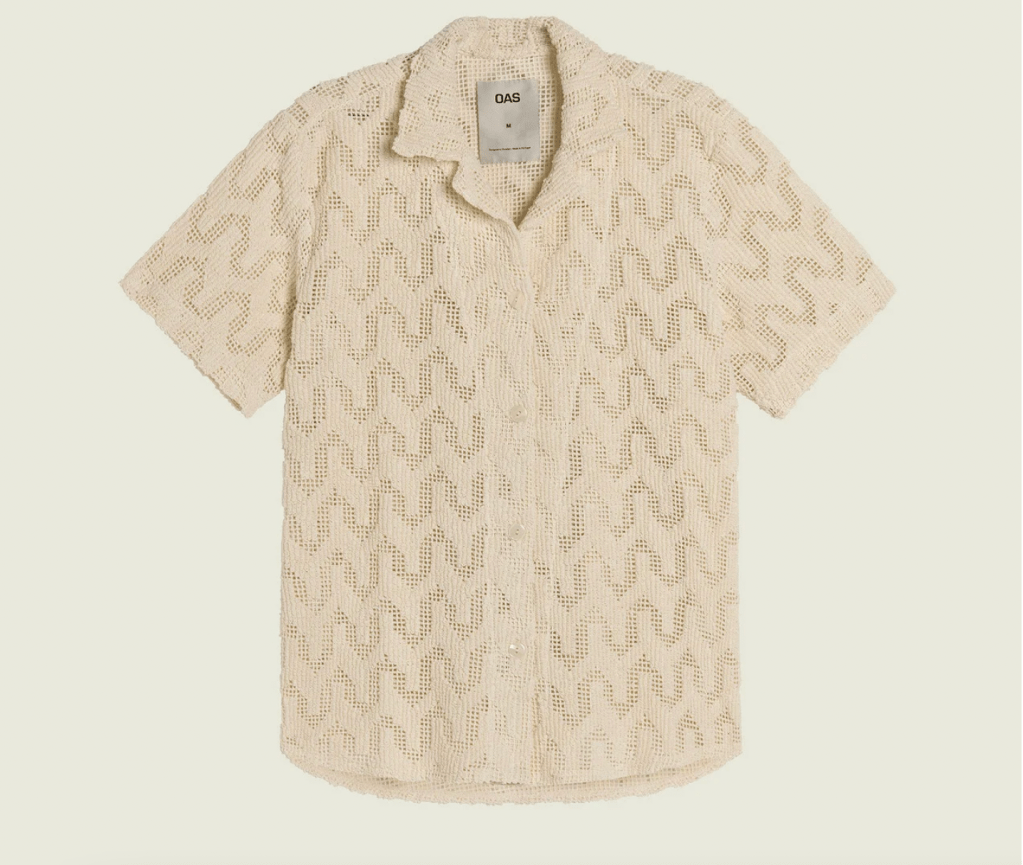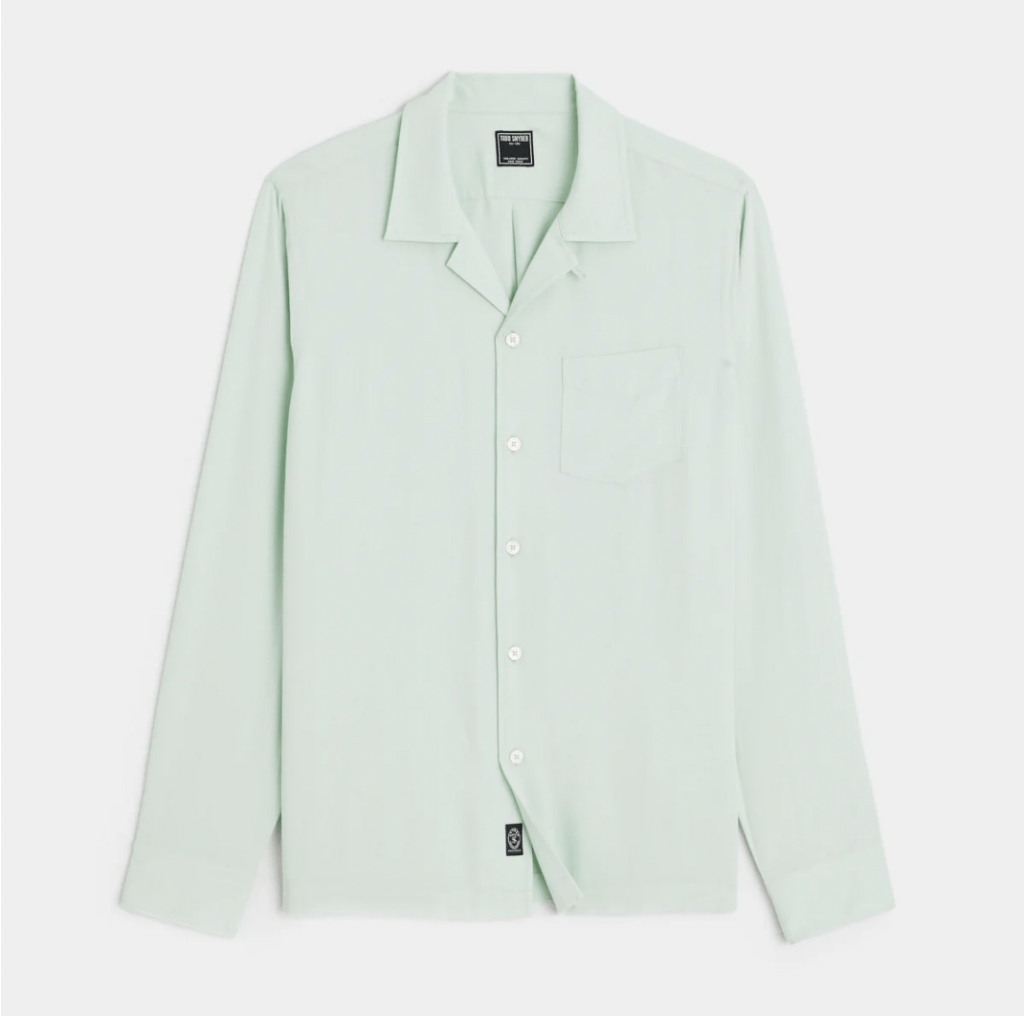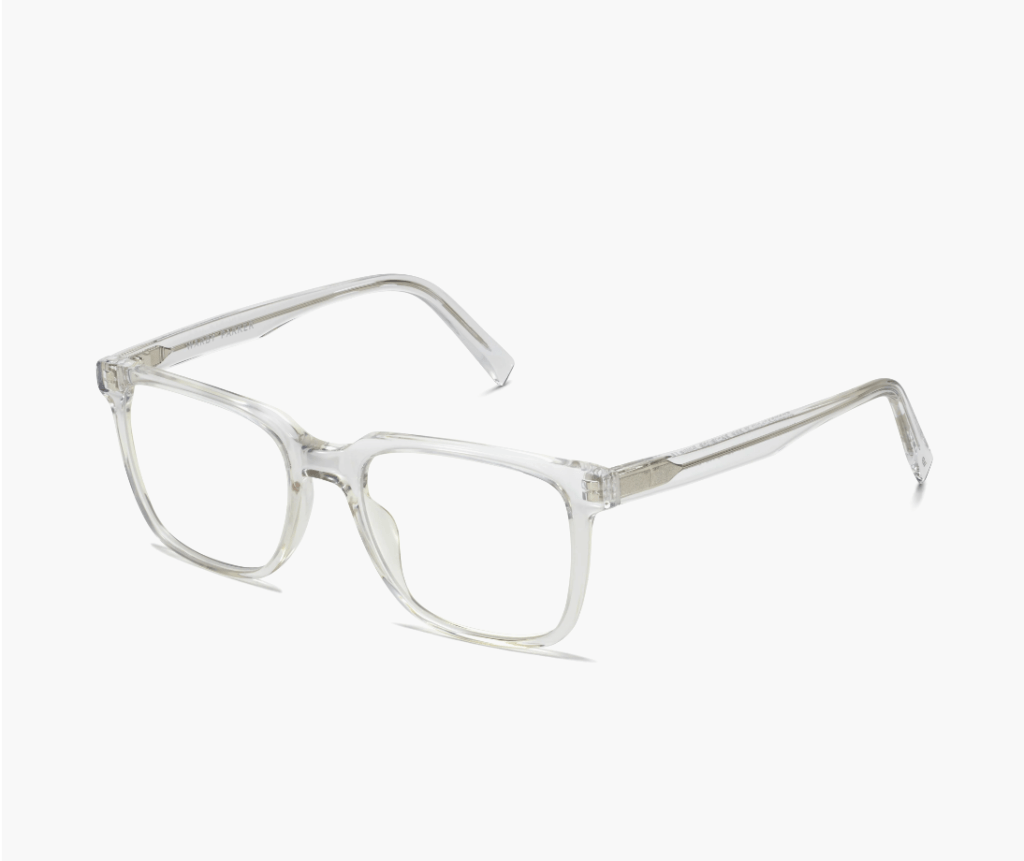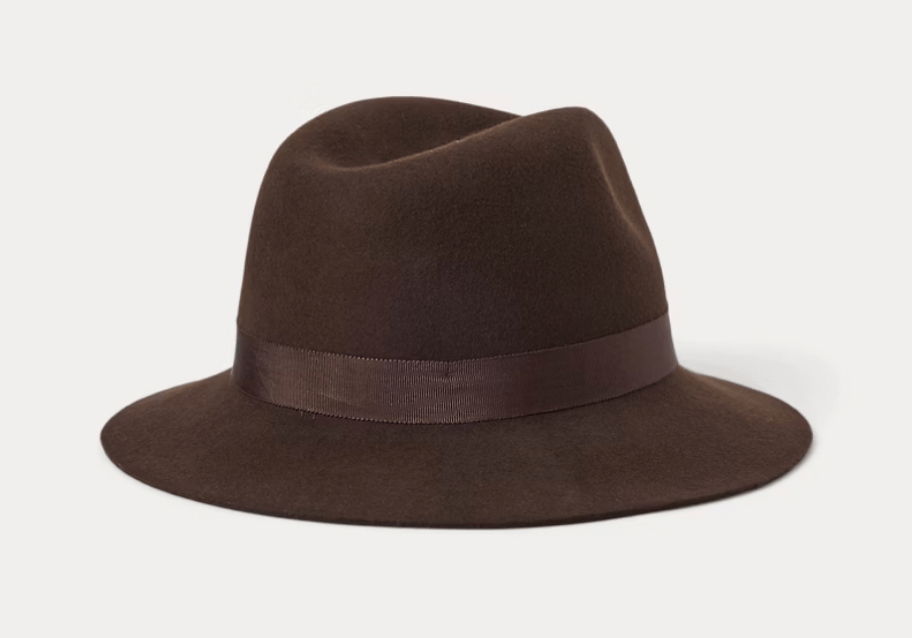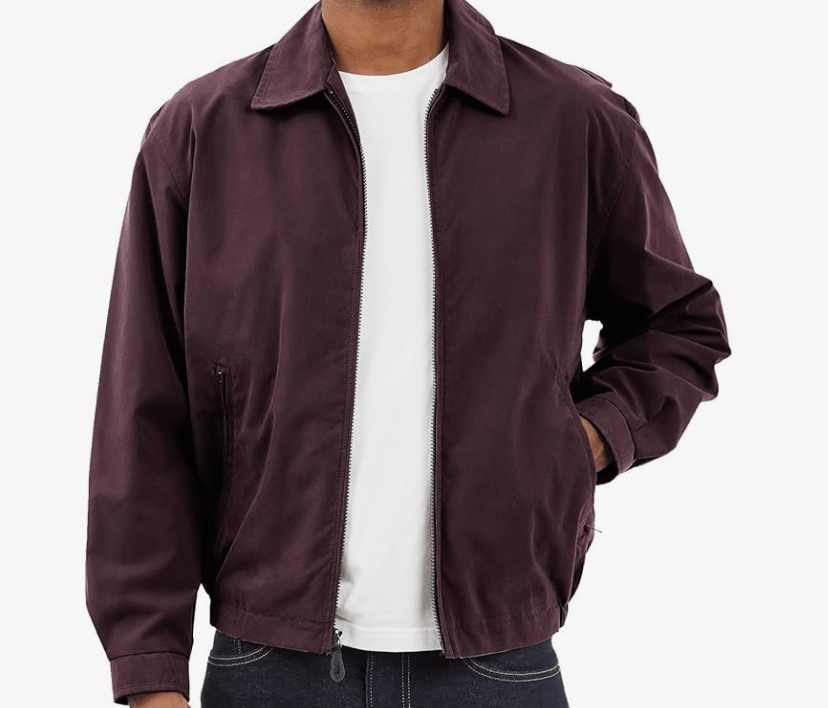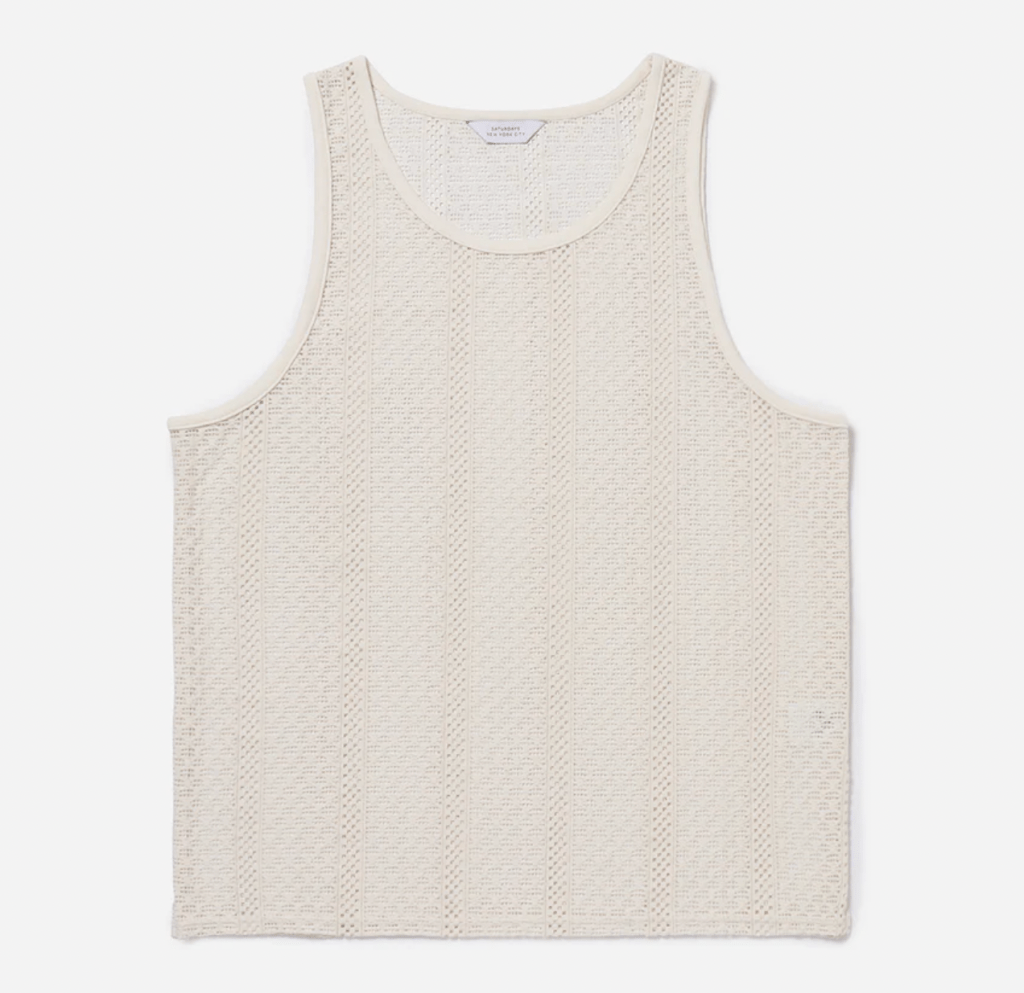
Jonathan Anderson on Dressing Daniel Craig and Drew Starkey in ‘Queer’ and His Friendship With Luca Guadagnino: ‘I Feel Like I’ve Known Him My Entire Life’

If you purchase an independently reviewed product or service through a link on our website, Variety may receive an affiliate commission.
In Luca Guadagnino’s “Queer,” many of the most formative moments are wordless. Although expat William Lee (Daniel Craig) is more free in Mexico City to drink around the clock, shoot heroin and indulge in his gay desires than in America, there still remains a secretive slyness required in expressing his queerness — even in the slovenly cantinas south of the border.
Thus, much of the communication throughout the film falls largely on the clothes. Achieving this subtlety is “sometimes the hardest thing to do in film,” says Jonathan Anderson, the British-Irish fashion designer who oversaw the costume design on “Queer” and last collaborated with Guadagnino on”Challengers.” He turned to the Silent Film Era to help him master this wordless communication. “You have to be able to read character before they even speak because it’s about the action and the visual.”
The slower, more nuanced process on set was a welcome change for Anderson, accustomed to the fast paced, commerce-tied fashion industry of which he is a powerful fixture. The 40 year-old designer, best known for his eponymous label JW Anderson and as the creative director of the Spanish luxury house Loewe, won the Designer of the Year at the esteemed 2024 British Fashion Awards this past weekend.
But Fashion can also be a creatively claustrophobic environment — one in which you have to “just go bang!” he exclaims, pantomiming an explosion with his hands. For now, he’s found a new creative challenge in immersing himself in Guadagnino’s cinematic visions.
“Coming from an industry that’s so different, [the filmmaking process] has been completely mesmerizing,” he says. Luckily, more projects are likely in his future. This week, UTA announced that they signed Anderson for representation.


In “Queer,” the fashion is captivating from the very beginning.
In Lee’s first encounter with Eugene Allerton (Drew Starkey), the gorgeous younger man who becomes the subject of his obsessive infatuation throughout the film, no words are exchanged. Instead, as the pair locks eyes across a crowd gawking at a cockfight in the evening street, a palpable tension is achieved through the pair’s disparate looks. Lee, in a wrinkled linen suit, a fedora, clear-framed eyewear — his uniform for the film’s first half. Allerton in a form-fitting tee, freshly ironed trousers, owlish glasses.
Anderson says he wanted Lee’s clothing to look like it was hanging off a depleted carcass, in contrast with Allerton’s form-fitting clothing. “This idea of diminishing and this idea of allure,” he says. A hunger versus satisfaction. Desire versus contentment.
“Lee’s suit became really important because I wanted a suit which was mass produced and done in department stores just after the war but also something that as a viewer watching, you could smell it,” Anderson says.
Lee’s appearance changes over the course of the film, in tandem with his deepening addiction. By the end of the film, as he and Allerton travail the Ecuadorian jungle in search of ayahuasca, he’s in head-to-toe black.
“The idea for me was that he would go from Cocaine White to Black,” Anderson says. “And I like this idea that as the film goes, you’re going back and forward, back and forward, until you end up with this character who is in the end of life.”


Allerton, meanwhile, had to be “pent up, preppy, uptight,” Anderson says. “Someone trying to put on a good face for the world.” Throughout the film we see him in a variety of form-fitting white tees and button-downs, lily white trousers, crisp jackets.
Naturally, Starkey also brought his own magic to the clothes. “When he was interacting with the clothing, there is a kind of preciseness of when he folds a jacket over his arm,” Anderson says. “These things have cost him money. They are his armor. But in a weird way, also the allure.”
“So even when you look at Allerton,” Anderson continues, “and there’s holes in the clothing, there’s this imperfection, yes. But ultimately, he himself is unraveling.”

Clothes are significant in less weighty moments, too. Even a casual viewer will likely pick up on the crochet tank peeking out from Omar Apollo’s navy suit as he makes eyes with Lee across a dark bar. The breezy Bode-evoking knitted piece, which Anderson notes emerged in the ’50s as underwear, has a long history in the queer rave scene, and is still a common style on dance floors to this day.
But the symbolism goes even further with Apollo’s centipede necklace, which Anderson says almost looks caged in by the fish-net shirt. “I liked this idea that the caging of the vest was like a caging of this centipede which is about repression,” Anderson says. “And this idea, as Lee leans in, there was like this idea of fishing it out of something.”
“And I love this because for me, what I usually do [in fashion] is big, whereas this is about nuance,” he continues. “It’s like, ‘How do you create a psychology within clothing that maybe the viewer does not see?'”


Historical accuracy was another major priority for Anderson and Guadagnino going into the film, which is set in post-WWII Mexico. Luckily, Anderson, who graduated from the London College of Fashion with a degree in menswear design, is a bottomless pit of fashion knowledge.
“I think it’s one of the most incredible moments of menswear,” Anderson says about the 1940s, a transitional period marked by the industrialization of clothing in America.
“There is this moment before the war and after the war and it’s a very technical kind of moment in menswear,” he says. “For me, the thing that I found really interesting was this idea of how America was exporting things that they no longer wanted to Latin America and this idea of [caring about] how to present yourself even though clothing was incredibly expensive.”
Anderson did what any costume designer knows is a nearly impossible feat: sourcing entirely vintage. “It was mental,” he says.
With the exception of two identical white suits, every single piece of clothing in the film is entirely original, meaning vintage, deadstock or items actually imported into Mexico during that period. “For me, it kind of was like ‘How do I give Luca something which is historically accurate as an anchor to this kind of changing, surrealist moment?'”
Anderson rattles off dozens of names that served as his inspiration going into the project. Among them, the Belgian painter Michael Borremans, who makes an appearance in the film himself, the British painter Glyn Philpot and the American photographer George Platt Lynes, whose work covering queer culture “and their struggle to exist” was one of his main influences.
“Those were the kind of anchoring points for the entire film,” he says.
Of course, Anderson also looked to William Burroughs — the author of the original novel widely regarded as a piece of autofiction detailing his own struggles with his sexual identity and addiction. In historical photos of the writer, he noticed idiosyncrasies he could incorporate like that “he never did the top button, but he did the bottom. Completely the reverse.”
Some of the most fun fashion moments arrive during the drug-induced moments in the latter half of the film, which allowed Anderson a bit more freedom to work outside temporal restrictions. Pieces like Starkey’s sea-green translucent top or the pair’s brightly patterned swim trunks evoke a dreamlike quality.
“You’re trying to work out what is real, what is drugs, what is not,” Anderson says. “These garments then became quite interesting because they kind of fuck with you a bit. Are they what Burroughs has written as Lee about Allerton? Are they facsimiles of things [Lee] saw that were real or that he’s seen and then exaggerated?”

With a second award-worthy costume design project under his belt, it’s clear that Anderson is well on his way to mastering the world of film in much the same way he has the fashion industry. While he’s not sure what his next film project will be, he says anything involving Luca is an almost guaranteed yes.
“Why I like working with Luca is that he’s like ‘What do you want to do?’ Anderson days. “Like, ‘Here is the amazing actor, here is the amazing set. Now, I need amazing clothing for it.”
“I think it is very rare to find someone like this because it’s ultimately someone who is using a palette, and going ‘Here is how I’m going to make the most genius painting.'”
“It’s quite remarkable, actually,” Anderson says. “Quite petrifying, too.”
Shop pieces inspired by the film’s best style moments below:


